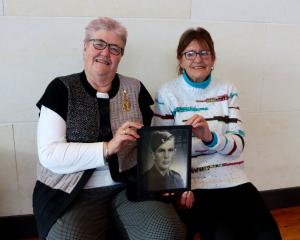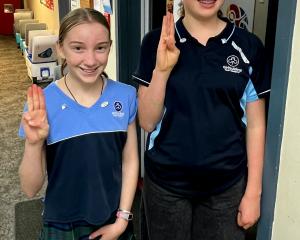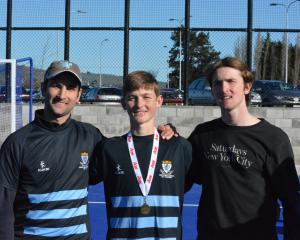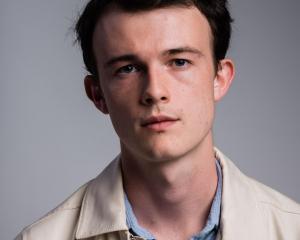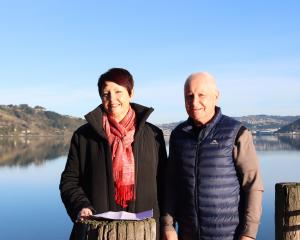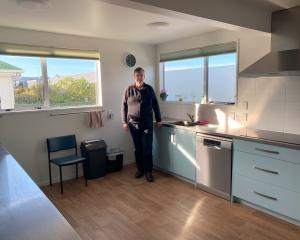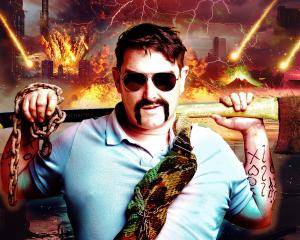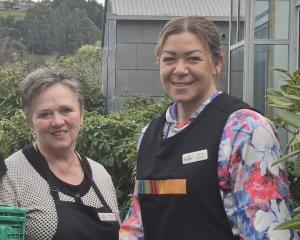
Since 1995 he has kept a steady hand on the rudder, guiding all sorts of craft in and out of the harbour.
Donning his inflatable jacket and helmet for a photograph next to Port Otago’s pilot boat Pōtiki last week, he said this would be the last time wearing the outfit.
"I don’t need this any more, the new person who is joining can use it."
Guiding craft into the harbour began with Capt Paranjpe travelling on one of the pilot boats "a couple of miles out at sea" to locations off the coast from the Fairway beacon.
After boarding the vessel he met the captain and the rest of the bridge crew and had a planning discussion.
"We have what we call a master pilot exchange.
"So once you do the master pilot exchange, and you are happy, the captain is happy, we start coming in."
From container ships to cruise liners, oil tankers to fishing vessels, every ship was handled in a different way.
"Crews are different nationalities, languages are different."
Other seafaring variables including tides, fog, wind and rain had to be factored in.
Capt Paranjpe has seen technological and engineering changes as new ships with new systems were constructed.
"It is exciting every day."
While it has mostly been smooth sailing, the job has occasionally thrown up some challenges.
One such time was rescuing a man who fell into the harbour and spent almost two hours clinging to the side of his yacht.
"It was right place, right time."
Capt Paranjpe was arriving back after dark with his crew to where the pilot boats berthed at Careys Bay.
"We got out and we got up the ladder and we were going home when we heard some noises."
Hearing a man calling for help, the three went back to to the pilot boat and started it up, going to where they could hear the voice to see a man clinging to the back of his boat.
"His boat had a ladder at the back, a stainless steel ladder, and he was hanging on to it, but he couldn’t get up.
"It is quite difficult when you are so heavy and wet."
"Any longer and the result could have been something different."





